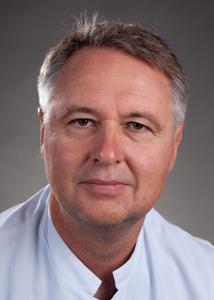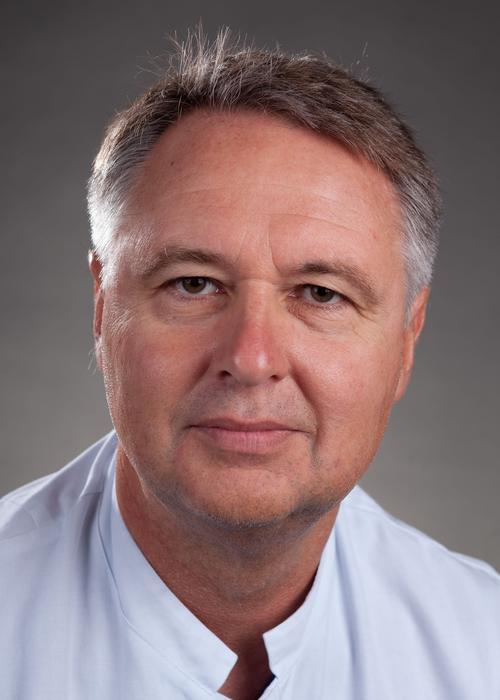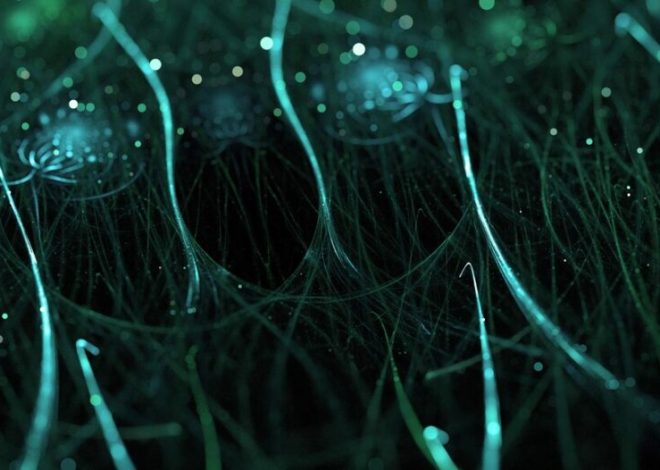
Cardiologist Bruno Scheller in London with inter

image: The heart specialist Professor Bruno Scheller from the University of Saarland has developed the drug-coated balloon catheter, one of the most important therapy methods for narrowed blood vessels. At the “Global Cardiovascular Awards”, which were presented on the evening of March 14 in London, the doctor received the international excellence award for clinical research “Clinical Research Excellence Award”.
view more
Credit: Photo: Rüdiger Koop/Saarland University
His procedure has been used millions of times around the world and has helped to improve the lives of many patients. Heart specialist Professor Bruno Scheller from Saarland University has developed the drug-coated balloon catheter, one of the most important treatment methods for narrowed blood vessels. At the Global Cardiovascular Awards, which were presented on the evening of March 14 in London, the doctor received the international Clinical Research Excellence Award for his work.
Countless patients all over the world have now been treated with the balloon catheter, which is coated with medication. Many of them owe their quality of life to this procedure, and many have been spared further operations and pain as a result. This method, which is now one of the most recognized and effective therapies for narrowed blood vessels, was developed by Professor Bruno Scheller from the University of Saarland together with Ulrich Speck, now emeritus professor of experimental radiology from the Charité in Berlin. It is used for both coronary arteries and narrowed blood vessels in the legs. Scheller and Speck have been researching how to continually optimize the procedure for a quarter of a century.
Bruno Scheller has now received the Clinical Research Excellence Award for his outstanding research and development work, which “is shaping the future of cardiovascular care around the world”. The award was presented on March 14th as part of the Global Cardiovascular Awards in London. This gala event recognized internationally groundbreaking achievements in the field of cardiovascular disease. “Professor Scheller was a leader in research into the drug-coated balloon catheter and led the first clinical trials to demonstrate the safety and efficacy of this technology. He continues to be considered a pioneer of an approach that is becoming increasingly popular in cardiac catheterization laboratories around the world,” explains Will Date, editor of the international journal Cardiovascular News.
Bruno Scheller, Professor of Clinical and Experimental Interventional Cardiology at Saarland University, heads the cardiac catheter laboratory at the University Hospital in Homburg and has already received numerous awards. In 2021, the European Society for Cardiovascular and Interventional Radiology (CIRSE) awarded him its “Excellence and Innovation Award”.
Cardiovascular diseases are among the most common diseases worldwide and also among the most common causes of death. Many of these diseases are caused by fatty and calcium deposits on the inner walls of coronary arteries or other arteries in the body. Leg arteries can also become narrowed in this way. Blood can no longer flow freely through these narrower vessels, which means that not enough oxygen is distributed throughout the body. In the long term, this can lead to heart failure, cardiac arrhythmia, angina pectoris, heart attack or even stroke.
Since the end of the 1970s, such narrow areas have been widened using inflatable balloon catheters: a very thin plastic tube is inserted into the vessel, a tiny balloon is unfolded at its tip and the vessel walls are stretched so that the blood can flow again. The problem is that the vessel does become permeable – but often not for long. “In many cases, the result of a simple balloon catheter is not permanent and the vessel narrows again as the previously stretched area grows over. This makes further interventions such as further widening necessary,” explains Bruno Scheller.
Since the end of the 1990s, the cardiologist has been working with Charité professor Ulrich Speck to deliver drugs that can prevent the vessel from narrowing again directly to the vessel. The researchers made a surprising discovery. “We found that it is not necessary to release the active ingredient into the vessel over a long period of time to prevent it from narrowing again. In fact, our results showed that a short dose of the drug is enough to do this. This enabled us to rethink the entire procedure,” explains Bruno Scheller, who is also researching ways to improve the treatment of heart attacks in Homburg and to treat other heart diseases using catheters. His experience as a practical interventional cardiologist at the university hospital flows into his research.
In 2003, the first clinical study was carried out in Homburg with a balloon catheter that the researchers had coated with the drug paclitaxel and other additives. “The active ingredient paclitaxel inhibits cell growth. When the balloon is inflated and the vessels are widened, the drug is simultaneously introduced into the vessel walls so that it can remain there and take effect for weeks and months,” explains Bruno Scheller. The substances that help to deliver the active ingredient precisely dissolve completely after use. “No foreign bodies or residues remain in the vessel and healing is not hindered,” says the cardiologist. The balloon catheter is therefore a relatively small procedure, which means that the patient can sometimes be spared a larger procedure such as the use of so-called stents, which are flexible metal meshes that are inserted into the vessel to keep it open. Scheller’s research aims to completely avoid such permanent implants in the vessel in the future.
Since Scheller and Speck published their first study results in the New England Journal of Medicine in 2006, the method has become established worldwide. The effectiveness and safety of the coated balloon catheter have been proven in numerous other clinical studies: it has been proven to prevent re-narrowing – even in stents that are already in place. The drug-coated balloon catheter procedure has now achieved the highest level of recommendation and evidence in the European guidelines for coronary artery therapy for the treatment of narrowed coronary artery stents. They are now also standard therapy for the treatment of femoral arteries. The method is also used for long-distance narrowing in the lower leg arteries and narrowed dialysis accesses, so-called shunts. “There is currently great interest in using the method on the heart for narrowing that is being treated for the first time – also to avoid the long-term negative effects of permanently inserted stents,” explains Bruno Scheller. In recent years, his working group has published groundbreaking results in the journal “The Lancet”, among others.
Bruno Scheller and his team in Homburg are working on further improving the coated balloon catheters. The doctors are also developing special applications and special balloons as well as alternative medications with which the balloons can be coated. Scheller is also researching methods to avoid the smallest tears in the inner vascular layer that can occur during conventional treatment with balloon catheters.
The Donors’ Association for the Promotion of Sciences and Humanities in Germany had funded Bruno Scheller’s professorship for ten years with a total of around 1.1 million euros until the end of October 2017.
Disclaimer: AAAS and EurekAlert! are not responsible for the accuracy of news releases posted to EurekAlert! by contributing institutions or for the use of any information through the EurekAlert system.

Ethel Purdy – Medical Blogger & Pharmacist
Bridging the world of wellness and science, Ethel Purdy is a professional voice in healthcare with a passion for sharing knowledge. At 36, she stands at the confluence of medical expertise and the written word, holding a pharmacy degree acquired under the rigorous education systems of Germany and Estonia.
Her pursuit of medicine was fueled by a desire to understand the intricacies of human health and to contribute to the community’s understanding of it. Transitioning seamlessly into the realm of blogging, Ethel has found a platform to demystify complex medical concepts for the everyday reader.
Ethel’s commitment to the world of medicine extends beyond her professional life into a personal commitment to health and wellness. Her hobbies reflect this dedication, often involving research on the latest medical advances, participating in wellness communities, and exploring the vast and varied dimensions of health.
Join Ethel as she distills her pharmaceutical knowledge into accessible wisdom, fostering an environment where science meets lifestyle and everyone is invited to learn. Whether you’re looking for insights into the latest health trends or trustworthy medical advice, Ethel’s blog is your gateway to the nexus of healthcare and daily living.



